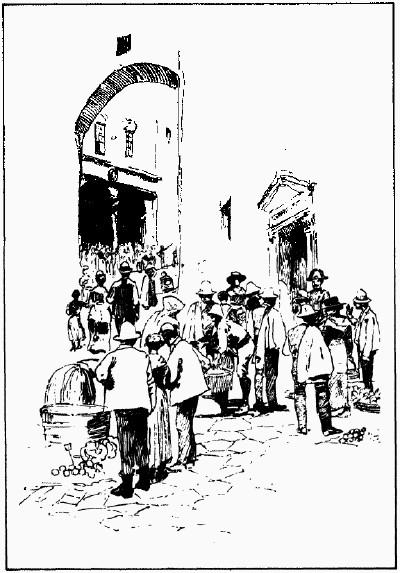Command economic system
The command economic system that waspeculiar to a number of countries, appeared thanks to the socialist revolutions that had taken place in them. The ideological banner of this system was the postulates of Marxism. This model of the economy was developed by Lenin and Stalin, the leaders of the Communist Party of the USSR. The roots of the idea go to the doctrine of social utopia. The introduction of the system is typical for the countries of Eastern Europe and Asia in the first half and middle of the twentieth century.
Command economy is a system of conductingnational economy, based on its management through administrative orders. According to the Marxist theory, it was precisely this device that was supposed to contribute to the acceleration of the process of raising the general welfare. At the same time, the compulsory condition was the elimination of competition, which would allow the conduct of all economic activities of the country in accordance with a single, generally binding (directive) plan. Development of the features of development planning was carried out on a scientific basis by the country's leadership.
In the 50's and 80's (the heyday of the communistcamp), about one-third of the world's population lived in countries dominated by the administrative-command economic system. The introduction of this way began with the practical suppression of citizens' personal freedoms and throughout its existence was accompanied by serious human sacrifices.
The command economy of the USSR was characterized by such signs:
- the state planning committee established that enterprises should be produced;
- the branch ministry defined how production should be carried out and dictated technologies, as it allocated funds;
- the State Committee for Supply decided where the products will be supplied and to whom to sell, and also determined where to purchase resources for new production cycles;
- The State Committee on Pricing calculated selling prices, which did not change for decades;
- The salary was assigned to the workers by the State Committee on Labor and Wages;
- disposing of income was in the hands of the Ministry of Finance;
- The State Committee for Construction determined in what direction and volume the production will develop;
- state banks set the amount of funds that enterprises could take from them;
- The Ministry of Foreign Trade dictated which goods could be exported, and which should be sold exclusively in the domestic market.
The command economic system is, beforein total, the destruction of all forms of property, except the state. This gives the authorities the right to command the use of all economic resources. Against this background, there was a distribution of benefits for personal use in the so-called order of the queue (or by coupons).
In general, the idea of planning the economy isquite reasonable, but within a single enterprise or, for example, a farm. If it is a matter of planning on a national scale, this leads to a distortion of the objective laws of the economy. It can be expedient only in times of emergency (wars, revolutions, natural disasters, etc.).
Ultimately, socialism (the command economic system) turned out to be a disappointment, and the countries had to take up the revival of private property and the market system.
The 1990s became the final for the USSR and the countriesEastern Europe in terms of assessing what was achieved through the introduction of a command economy. In the analysis it turned out that these results were very sad. Most of the products produced were characterized by low quality and obsolete designs, so they were not in demand in the market; the life expectancy of citizens and the level of their welfare was lower than in countries that chose the path of a market economy. The level of the manufacturing sector as a whole was also significantly lower than in Europe, and the nature was much more polluted.
</ p>



